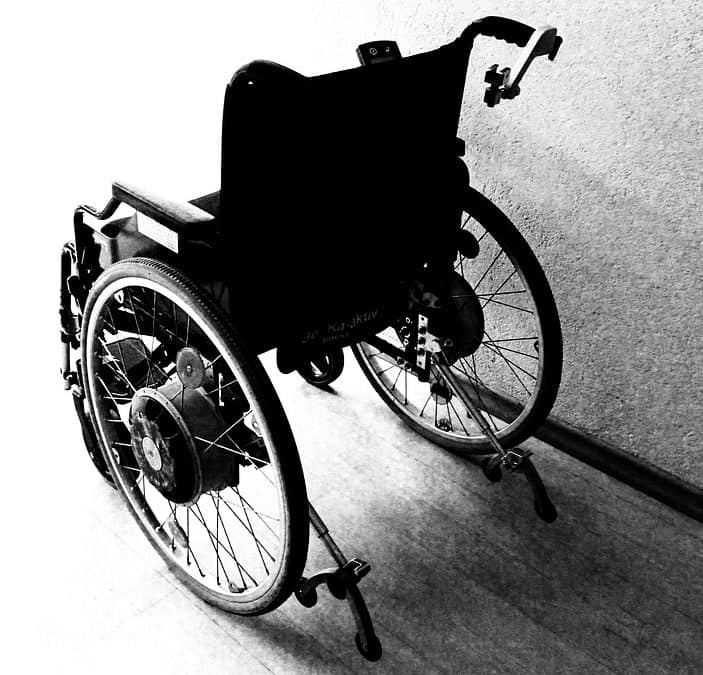Having a plan of action at the ready in the event of an emergency is important no matter where you call home. But this is especially true for property managers who will be tasked with helping residents as best as possible when disaster occurs. There are a number of factors that can make an easy escape more of a challenge for some people so, bearing that in mind, we wanted to share our tips for emergency evacuation for people with disabilities since this can sometimes require planning out a few additional steps.
Limited Physical Mobility
This could include people in wheelchairs, residents that use canes/walkers, or those with respiratory problems. Essentially, any disability that can hinder their ability to effectively move quickly or efficiently. Is your community designed with clear paths that make it easy for residents to navigate, regardless of their abilities? If not, be sure to hang clearly visible signs that lead anyone along the right path so they don’t find themselves venturing down the wrong way. Make it apparent whether features, such as elevators, can be used in the event of an emergency. Or, depending on the type of community this is, let residents know whether someone is on staff that will provide assistance for their departure if there isn’t a clear-cut way for them to escape on their own.
Blindness or Low Vision
For those with blindness or low vision, there needs to be usable circulation paths and signs that are provided to direct the way. However, make sure the signs are modified so that vision-impaired residents are able to read them. You can also use newer alarm systems which provide sound that doesn’t just alert residents to an emergency, but also leads them to safety. And be sure to let these residents know if there will be assistants to guide them.
Deafness
For residents that have hearing impairments, they’re going to be more dependent on visual cues to alert them to an emergency. This includes technology such as strobe lights that are unmistakable symbols of danger. You may even want to consider something more advanced like a digital reading board that can actually relay the type of emergency that is being sounded.
Cognitive Disabilities
If you have residents that live with cognitive disabilities, it’s important to get to know them and know what it is that they might need. These residents might need to be supplied with a picture book that lays out paths of escape, color-coded exits, implementing a buddy list, or even coaching to show them what to do. You may want to consult a family member or friend who can help you understand your resident’s needs and potential difficulties that may arise during an emergency situation.
Property managers should maintain a list of residents who have self-identified as needing assistance during an evacuation and what units they live in. Keeping that list handy will let property staff and emergency responders know who may need assistance and potentially get to them quicker. You can keep a hard copy on site – or, better yet, maintain the list in SecureCore’s disaster planning software. With SecureCore, the entire team can access that information as soon as an emergency plan goes into motion. And staff can easily access evacuation plans and procedures with or without internet connection. Want to learn more? Contact us to request a demonstration.
Resources
This is a very top-level view of what it takes to produce an effective plan of escape and keep those in your care safe. For more about creating a plan for an emergency evacuation for people with disabilities, you can read the Emergency Evacuation Planning Guide for People with Disabilities by the National Fire Protection Association.

